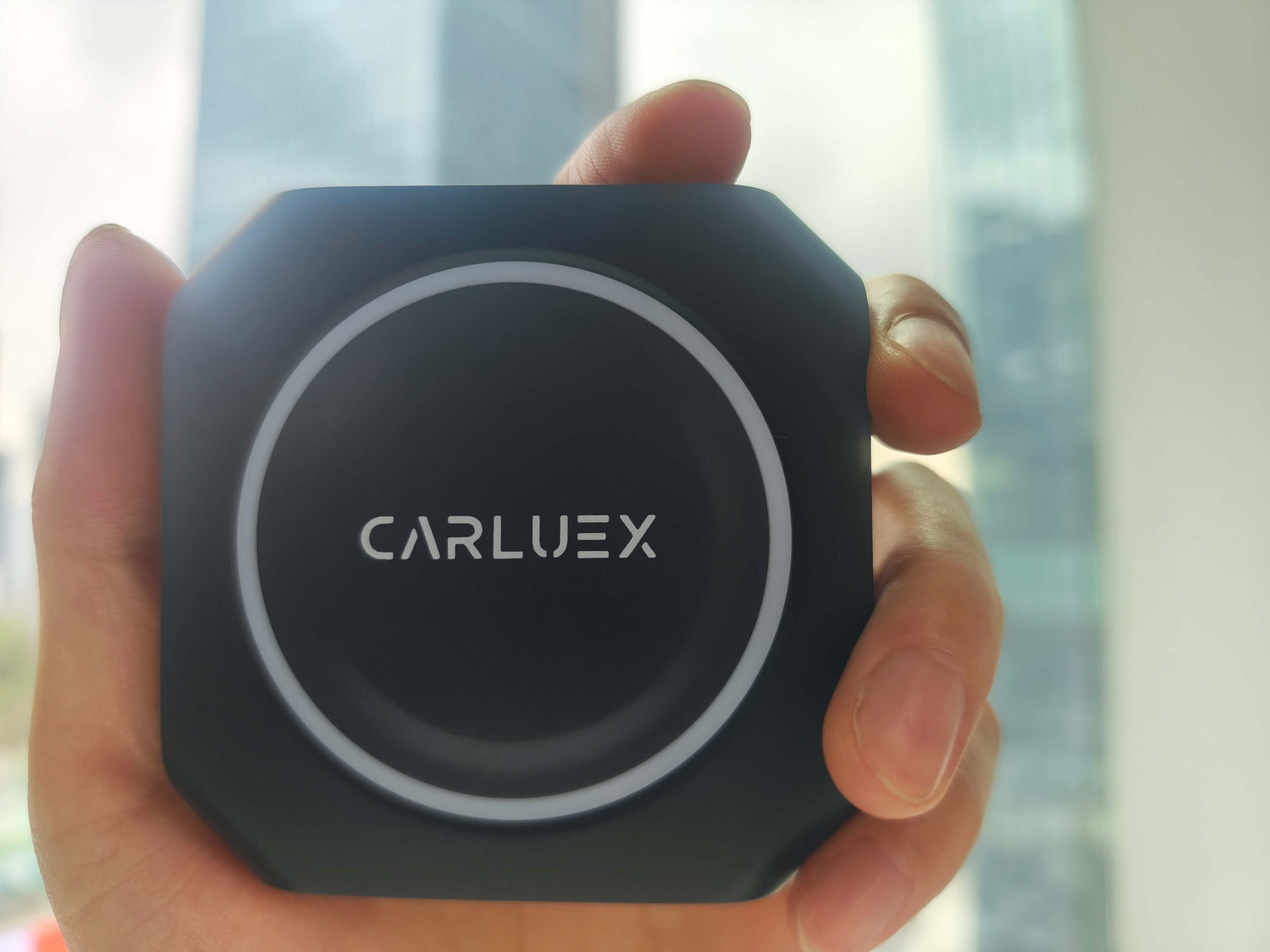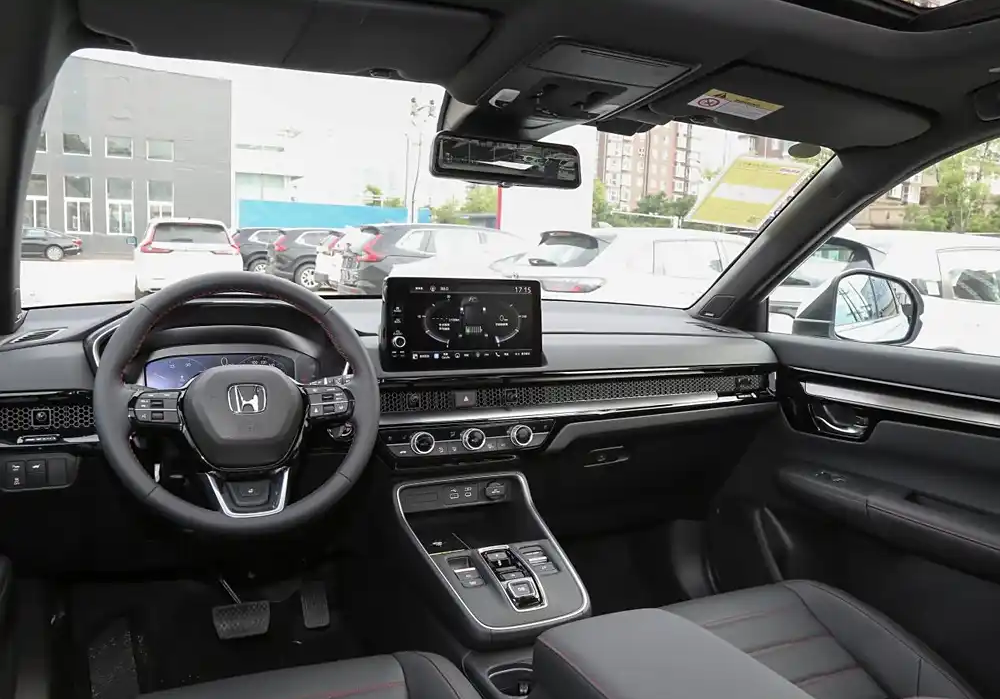Imagine stepping into your car and instantly connecting to Android Auto without fumbling with cables. That’s the magic of an Android Auto wireless adapter. It keeps your dashboard neat, eliminates cable clutter, and connects automatically as you enter. Plus, it ensures a safer drive by reducing distractions and keeping your focus on the road.
Key Takeaways
- Open the box and check your Android Auto adapter. Make sure everything is there and not broken.
- Plug the adapter into your car's USB port. Turn on Bluetooth and Wi-Fi on your phone to set it up easily.
- Keep your phone and adapter updated to work better together.
Setting Up Your Android Auto Wireless Adapter

Unbox and inspect the adapter
Start by unboxing your Android Auto wireless adapter. Check for any visible damage or missing components. Most adapters come with a user manual, so keep it handy. If something seems off, contact the manufacturer or retailer for assistance.
Plug the adapter into your car’s USB port
Locate the USB port in your car, usually near the dashboard or center console. Plug the adapter into this port. Once connected, the adapter should power on automatically. You might see a light indicator or a message on your car’s display confirming the connection.
Tip: Make sure your car is parked and the engine is running before starting the setup process.
Enable Bluetooth and Wi-Fi on your phone
For the adapter to work, you need to enable both Bluetooth and Wi-Fi on your phone. These connections are essential for a seamless wireless experience. Without them, your phone and car won’t exchange data, and Android Auto won’t function properly.
- Bluetooth handles the initial pairing process.
- A 5GHz Wi-Fi connection ensures fast and stable data transfer.
Pair your phone with the adapter
Open your phone’s Bluetooth settings and search for available devices. Select your adapter from the list. Once paired, the adapter will automatically connect to your phone whenever you start your car.
Complete the setup process in Android Auto
Finally, open the Android Auto app on your phone. Follow the on-screen instructions to complete the setup. Once done, your Android Auto wireless adapter will connect automatically every time you drive.
Compatibility Requirements

Supported Android versions and phone models
Before setting up your Android Auto wireless adapter, you need to confirm that your phone is compatible. Not all adapters work with every device, so checking the manufacturer’s compatibility list is crucial. Most adapters support Android 8.0 (Oreo) and above, but some may require specific software updates to function properly.
- Verify that your phone’s Android version meets the adapter’s requirements.
- Check if your phone model is listed as compatible by the adapter manufacturer.
- Update your phone’s software to the latest version to avoid potential issues.
Tip: If you’re unsure about compatibility, visit the adapter’s official website or contact customer support for clarification.
Car compatibility and required features
Your car also needs to meet certain requirements for the adapter to work seamlessly. Many modern vehicles with built-in Android Auto support are compatible, but it’s always good to double-check.
- Some adapters, like the CARLUEX PRO Wireless CarPlay Adapter, support both CarPlay and Android Auto, making them versatile.
- Your car must have a USB port and a display screen that supports Android Auto.
- Features like a fast processing unit and high visual clarity (e.g., a rating of 170) enhance the overall experience.
If your car doesn’t support Android Auto natively, you might need additional hardware to make it compatible.
Importance of software updates for your phone and car system
Keeping your phone and car systems updated is essential for maintaining compatibility with your Android auto wireless adapter. Regular updates fix bugs, improve performance, and ensure smooth connectivity.
- Outdated software can cause connection issues or lag.
- Updates for Android Auto and your car’s system often include new features and compatibility improvements.
- Make it a habit to check for updates regularly to avoid unnecessary troubleshooting.
Note: Updating your adapter’s firmware can also resolve many common issues and improve its functionality.
Troubleshooting and Common Issues
Resolving connection issues with the adapter
Connection issues can be frustrating, but they’re often easy to fix. Start by ensuring Bluetooth and Wi-Fi are enabled on both your phone and car. Check for pending updates for the Android Auto app and your car’s infotainment system. If the problem persists, try restarting both devices to refresh the connection.
Here are some common causes of connection failures:
- Flaky Bluetooth or Wi-Fi connections.
- Compatibility issues with certain car models or Android devices.
- Outdated firmware on the adapter.
Pro Tip: Keep your adapter’s firmware updated to avoid performance problems.
Fixing frequent disconnections or lag
Frequent disconnections or lag can ruin your driving experience. Wireless adapters often face connectivity problems due to interference or poor signal strength. To minimize these issues:
- Ensure your phone connects to a stable Wi-Fi network.
- Update the adapter’s firmware regularly.
- Use a high-quality adapter like the CARLUEX PRO for better performance.
- Reduce interference by keeping the adapter away from obstructions.
If you’re still experiencing lag, restarting your phone and adapter can help.
Addressing Bluetooth or Wi-Fi interference
Bluetooth and Wi-Fi interference can disrupt your adapter’s performance. Devices like smartwatches, wireless headphones, or even crowded wireless signals in urban areas can cause problems. The Ekahau Analyzer highlights that using the 5 GHz Wi-Fi band can reduce congestion and improve connectivity.
Note: Interference can lead to connectivity loss, slower data transfer speeds, and overall performance degradation. Keep your phone and adapter close to avoid these issues.
Updating the adapter’s firmware
Updating your adapter’s firmware is crucial for resolving bugs and improving functionality. Follow these steps to update it effectively:
Step 1
Boot the adapter into update mode and check the current firmware version.
Step 2
Save the update logs to an external USB device for future reference.
Step 3
If an error occurs, save the error log to troubleshoot the issue later.
Reminder: Regular firmware updates ensure your android auto wireless adapter stays compatible with the latest Android Auto features.
Setting up your Android Auto wireless adapter is simple and hassle-free. Unbox it, plug it in, pair your phone, and follow the Android Auto prompts. Most problems, like connection hiccups, can be fixed by updating software, checking Bluetooth and Wi-Fi, or ensuring compatibility. Once set up, enjoy a clutter-free, seamless driving experience every time you hit the road!
FAQ
How do I know if my car supports Android Auto wireless adapters?
Check your car’s manual or the manufacturer’s website. Look for Android Auto compatibility and a USB port. Most modern cars with infotainment systems support it.
Can I use the adapter with multiple phones?
Yes, but you’ll need to pair each phone separately. The adapter remembers paired devices, so switching between them is quick and easy.
Why isn’t my adapter connecting automatically?
Ensure Bluetooth and Wi-Fi are enabled on your phone. Restart your phone and adapter. If the issue persists, update the adapter’s firmware and check for software updates.
Tip: Keep your phone close to the adapter for a stronger connection.








Dejar un comentario
Todos los comentarios se revisan antes de su publicación.
Este sitio está protegido por hCaptcha y se aplican la Política de privacidad de hCaptcha y los Términos del servicio.